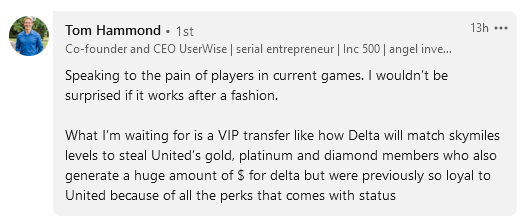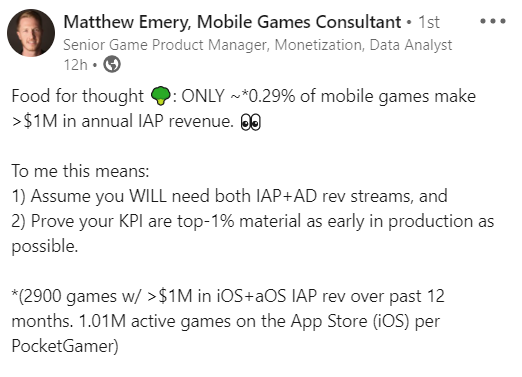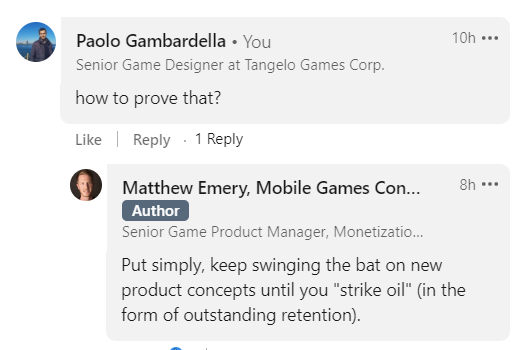Year ago I was running a very promising free-to-play project in a local incubator. It was very promising, it was the future. My lead artist said: you are inventing the devil. Of course, it was just in my head. The project had no chance to go forward, because I wasn’t being loyal to my will of creating a new company around it.
Being loyal with ourselves is not just to maintain the promises we make. It’s not to respect the compromise. Is also to make well our numbers. If you want to build anything and we consider ourselves game designers it is necessary to stop and think well to all costs and scopes of the things we want to build. And then add a 20% of error to all of that. Otherwise we will most probably fail.
My project failed at many levels, but the main one is that you cannot start a free-to-play ambitious project without great professionals and lot of money behind. The art of giving games for free is very expensive, needs a good monetization strategy and the acquisition of new Players requires huge efforts.
I am glad that I didn’t invented any devil, and I am glad to be here happy telling you those stories.


